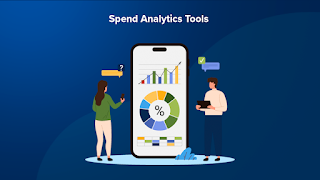Anti-Money Laundering Solutions & AML Compliance
In today’s rapidly evolving financial landscape, combating financial crime is a top priority for banks, financial institutions (FIs), and non-banking organizations alike. Regulatory frameworks worldwide are becoming increasingly stringent, making it imperative for institutions to adopt a robust and comprehensive Anti Money Laundering Solutions . Such a solution goes beyond basic compliance to deliver end-to-end management of financial crime risk, covering detection, prevention, investigation, and reporting. A modern AML platform is not just a tool but an integrated ecosystem that brings together diverse technologies, data sources, and operational processes to ensure institutions can proactively identify suspicious activity, mitigate risk, and stay ahead of regulatory demands. Key Capabilities of a Comprehensive AML Solution A truly comprehensive AML solution must support a holistic range of core capabilities designed to tackle financial crime from multiple angles: Customer Due ...

.png)




